Looking for off-grid power but unsure which battery is best for you?
Below you’ll find lots of information on different battery types, brands and models to help you understand the pro’s and con’s of different battery systems. We can design your off-grid system with the battery that’s perfect for your needs and help you gain independence from the grid.
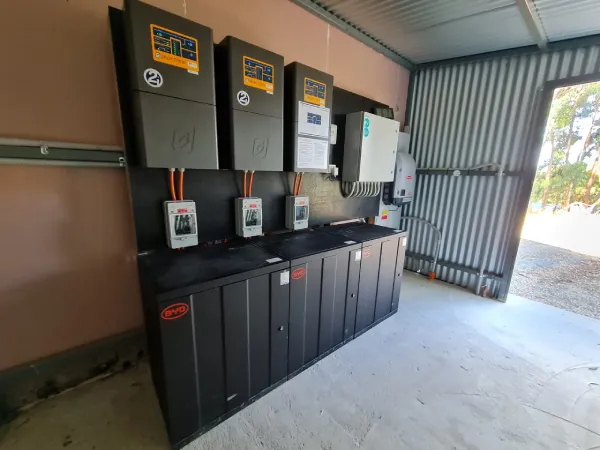
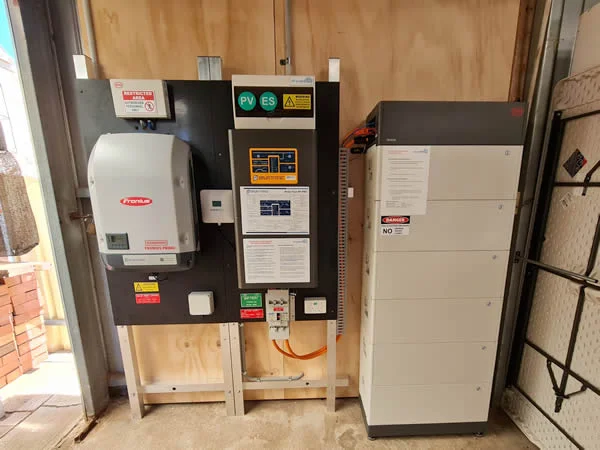
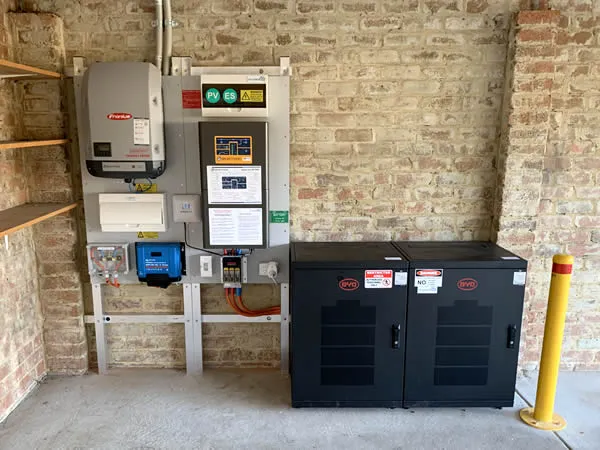
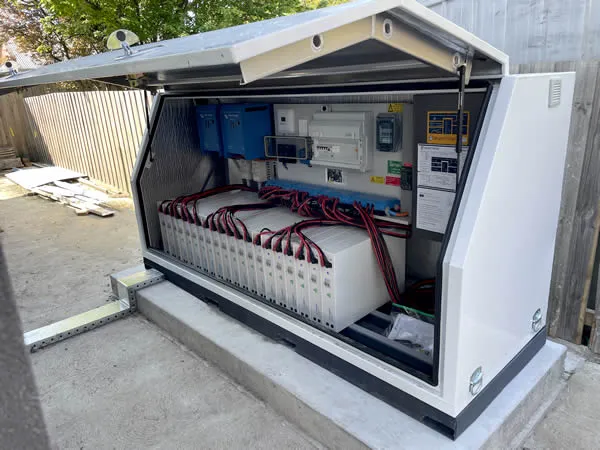
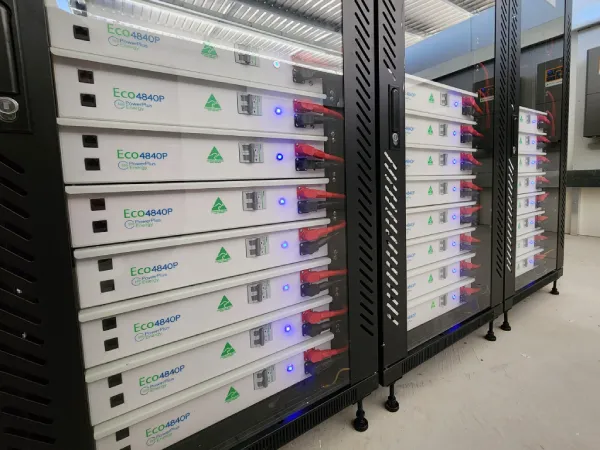
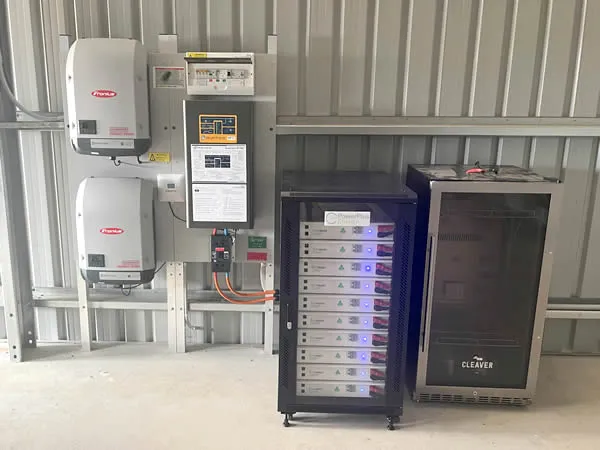
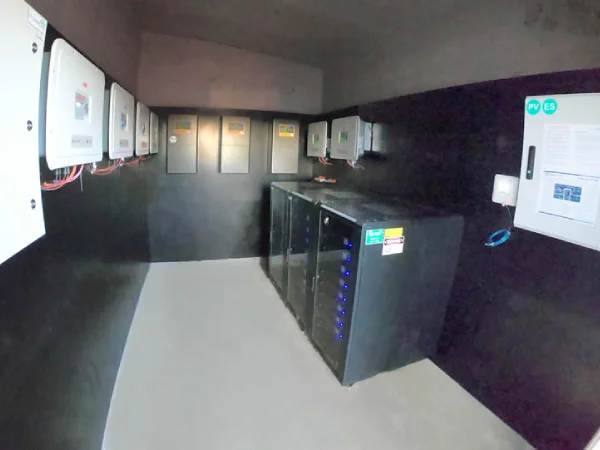
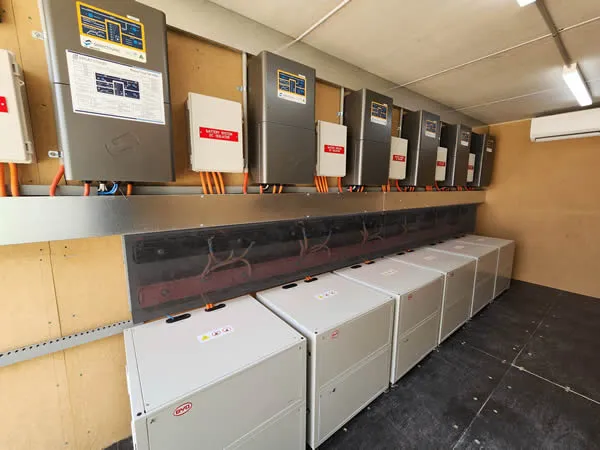
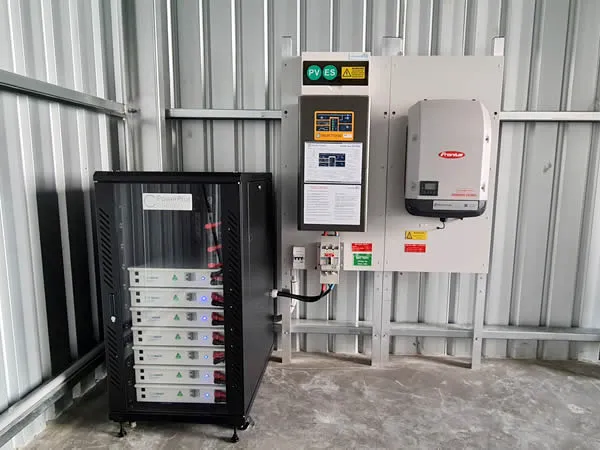
Off-Grid Energy Australia utilise a variety of battery technologies from leading Australian and International suppliers to accommodate for a range of stationary battery storage applications. Which battery is right for you?
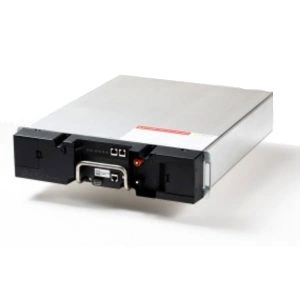
L-ion batteries have a number of advantages for stationary storage applications, including a higher energy density and the ability to deeply discharge. Reputable lithium-ion batteries are expected to last 10+ years provided they have a good battery management system (BMS) and remain at mild temperatures.
L-ion is relatively new to larger stationary applications such as off-grid and on-grid hybrid battery systems, however, major global manufacturers with extensive lithium-ion experience including Samsung, LG-Chem, BYD, Sony and Tesla have all brought high-performing lithium batteries to the renewable energy industry in recent times.
The highest quality lithium-ion batteries need to be used to ensure safety and reliability.
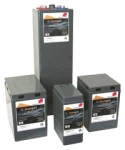
A proven battery chemistry in off-grid storage applications, VRLA battery banks are sealed, require less maintenance than wet cell batteries, have superior charge current handling, lower installation cost, and have high recharge efficiency.
Using a reputable brand, correct sizing, suitable housing, and appropriate battery management, VRLA battery banks have been shown to last up to 15 years.
The high autonomy (backup storage needed at times of low energy input or increased demand) of the VRLA batteries still makes them a solid choice for off-grid applications.
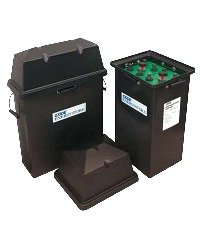
Flooded Lead Acid Batteries are a lower initial cost proven performer in standalone applications that are properly sized and regularly maintained by experienced persons.
Wet cells need regular maintenance in the form of checking the electrolyte level, adding distilled water to prevent drying out, regular cell top surface cleaning, and regular boost charging to overcome acid stratification.
Under Australian regulations wet-cells must also be segregated from all other equipment, requiring their own storage enclosure to meet strict safety guidelines. Their high maintenance and safety requirements make wet-cell batteries an unpopular choice these days.
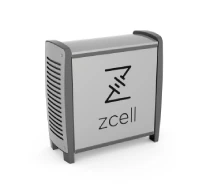
New batteries are coming onto the market all the time, so keeping track of them all and knowing if they are more or less suitable for your project can be tricky. Battery technologies such as lead carbon, sodium-sulphur, zinc-bromide non-flow (Gelion), zinc-bromide flow (Redflow), or saltwater (Aquion), provide alternatives to the widely used lithium-ion or lead acid batteries – each with their own pros and cons.
We were selected to install one of Redflow’s pilot residential ZCell projects, and were the first company to import both the LG RESU battery into Australia back in 2014, and the Sonnenschein@home lithium battery back in 2015 when it was branded as BMZ. As such, we have experience with using brand-new battery technologies and are very careful about what products we use, and for what applications.
The right battery technology for you will depend on your application and requirements, as they must be carefully sized to ensure a long system life and to meet your specific needs. We always gain a full understanding of your power needs, both current and in the future, before recommending which battery should be paired with your off-grid system.
Your preferences in relation to country of manufacture and managed/self-managed are always taken into account. The batteries below are listed to educate you on the main points for each one, so that you have a better understanding of their benefits when we quote on your off-grid system.
FILTER
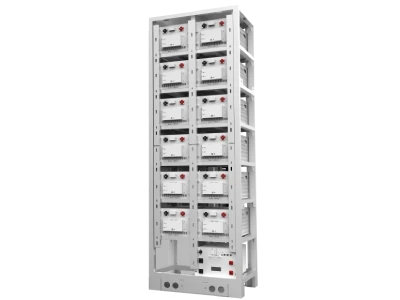
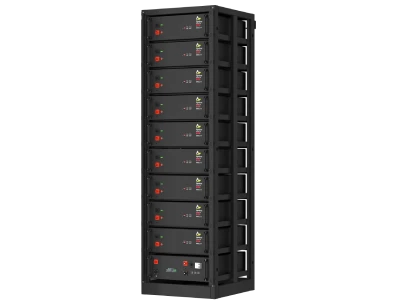
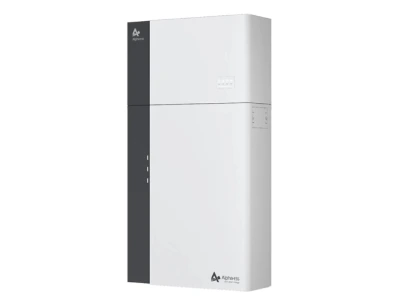
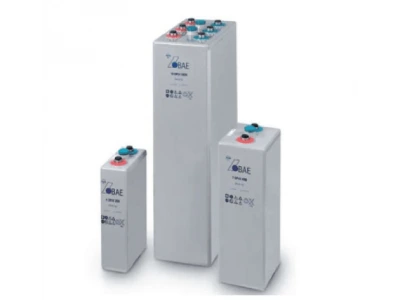
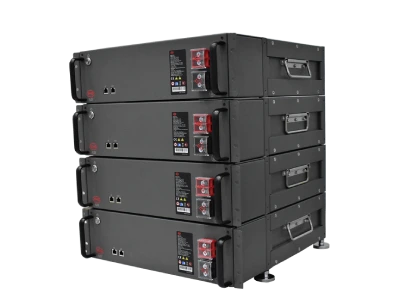
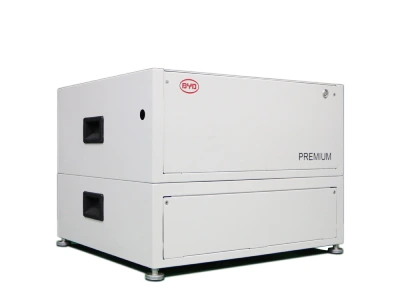
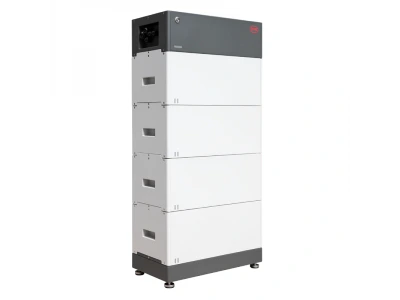
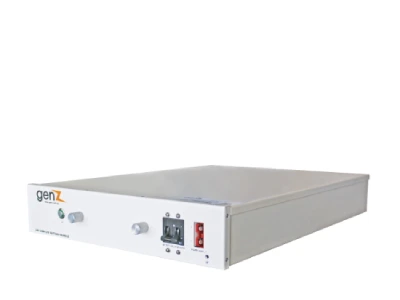
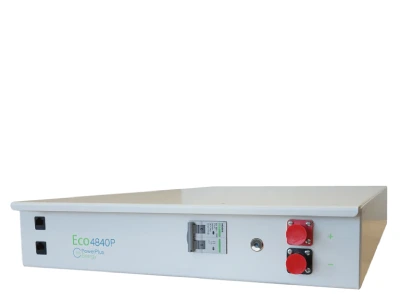
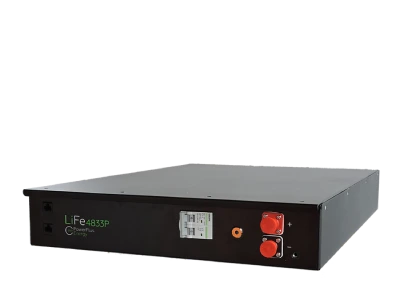

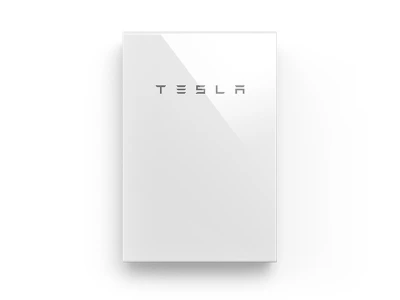


Off-Grid Energy Australia · Securing your power and your future
Electrical Contractor Licenses: VIC REC-31913, TAS 15608294, WA EC15901, SA PGE278927, NSW 279181C